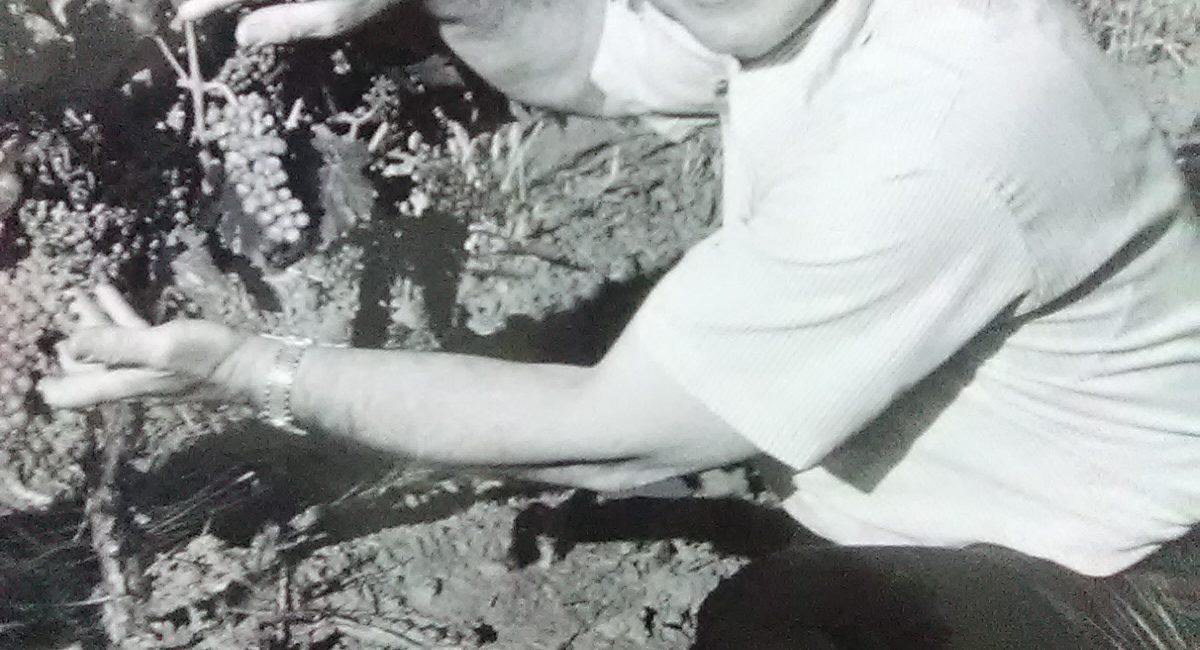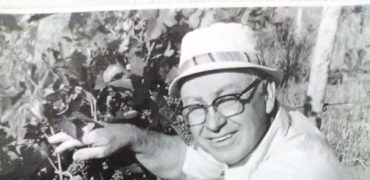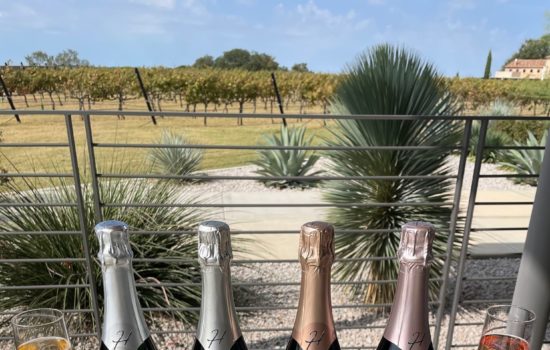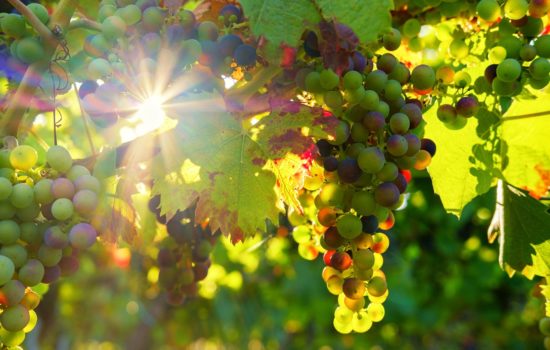Recognizing the History of the Texas Wine Industry
Texas has a long history of growing grapes and making great wines. It started with the Spanish Monks successfully growing grapes in the El Paso area in 1682 in order to produce wine for sacramental use in the Catholic Mass. Others followed successfully producing grapes and wines, including the Qualia Family who established Val Verde Winery near what is today Del Rio. Nineteen wineries and vineyards flourished in Texas until the great social experiment called Prohibition began in 1920 and ended on December 5, 1933. Val Verde Winery survived Prohibition by making and selling Sacramental wine. It is in its fourth generation after 141 years of making wines. Their wines can only be purchased at the winery so the general public does not know much about the Qualia Family and Val Verde Winery.
Fast forward to 1968 when two Texas Technological College (now Texas Tech University) tried a great experiment in planting vitis vinifera grapes on the Texas High Plains on 15 acres of land on the south side of Lubbock at what is now the intersection of 88th Street and Martin Luther King Blvd. These classic European grapes were planted by Clint “Doc” McPherson and Robert Reed, including the first Sangiovese grapes planted in Texas. This experimental vineyard succeeded in transplanting cuttings from an earlier vineyard on the college campus which were doomed by college construction to this remote country location which is now urbanized. Several hundred different vines were researched on this tract named Sagmor Vineyards. It had a small six-foot by 10-foot barn on the property that was used to host Lady Bird Johnson and guests while she tasted their wines on August 25, 1975. Robert Reed was the horticulturalist with McPherson being a Chemistry Professor being the winemaker. The two documented the results of their research with over 100 pages to re-start the Texas Wine Industry. This information has shown that Texas can grow outstanding grapes just like other parts of the world!
In 1972, “Doc” received permission from the College to use a basement to establish Texas’ first state-supported experimental winery. The requirements with this permission is that it could only be used for research. Their efforts showed that Texas could grow grapes and make great wines. Eventually McPherson and Reed along with several investors established the first new winery in Texas since the end of Prohibition 43 years earlier and called it Llano Estacado. These two Texas wine pioneers worked with others to change the State’s antiquated laws on making wines and selling wines. “Doc” told me that there were three generations of Texas Alcoholic Beverage Commission (TABC) personnel who had never permitted a winery so he ended up as their “professor” in teaching them how to permit wineries. In addition, “Doc” showed me the walls of the original winery building which house the large stainless steel fermentation tanks which were ten-inch thick cinder blocks. He told me that was protection for his fermentation tanks since Llano Estacado Winery was located in a “wet area” near the Hub of the Bible Belt. He was afraid someone would shoot and damage his tanks.
Dr. Clint McPherson’s son, Kim McPherson of McPherson Winery in Lubbock, continues his father’s legacy in making wine. He has provided to the Texas Historical Commission this wonderful story on the re-start of the Texas Wine Industry in an eleven-page historical narrative. The Texas Historical Commission has recognized this great history and is bestowing a historical marker commemorating the re-birth of the Texas wine industry at Sagmor Vineyard in Lubbock. This is the first Texas Historical Commission marker honoring the Texas wine industry which has grown into a $20.35 billion industry and employing over 100,000.
I encourage the Qualia Family to seek historical recognition for their family’s winery with a Texas Historical Commission marker. In order to receive such recognition, there must be fifty years of history. This means that in the next few years that Llano Estacado Winery, Fall Creek Vineyards, and Messina Hof Winery will also qualify for this distinction. Texas has a proud history!










